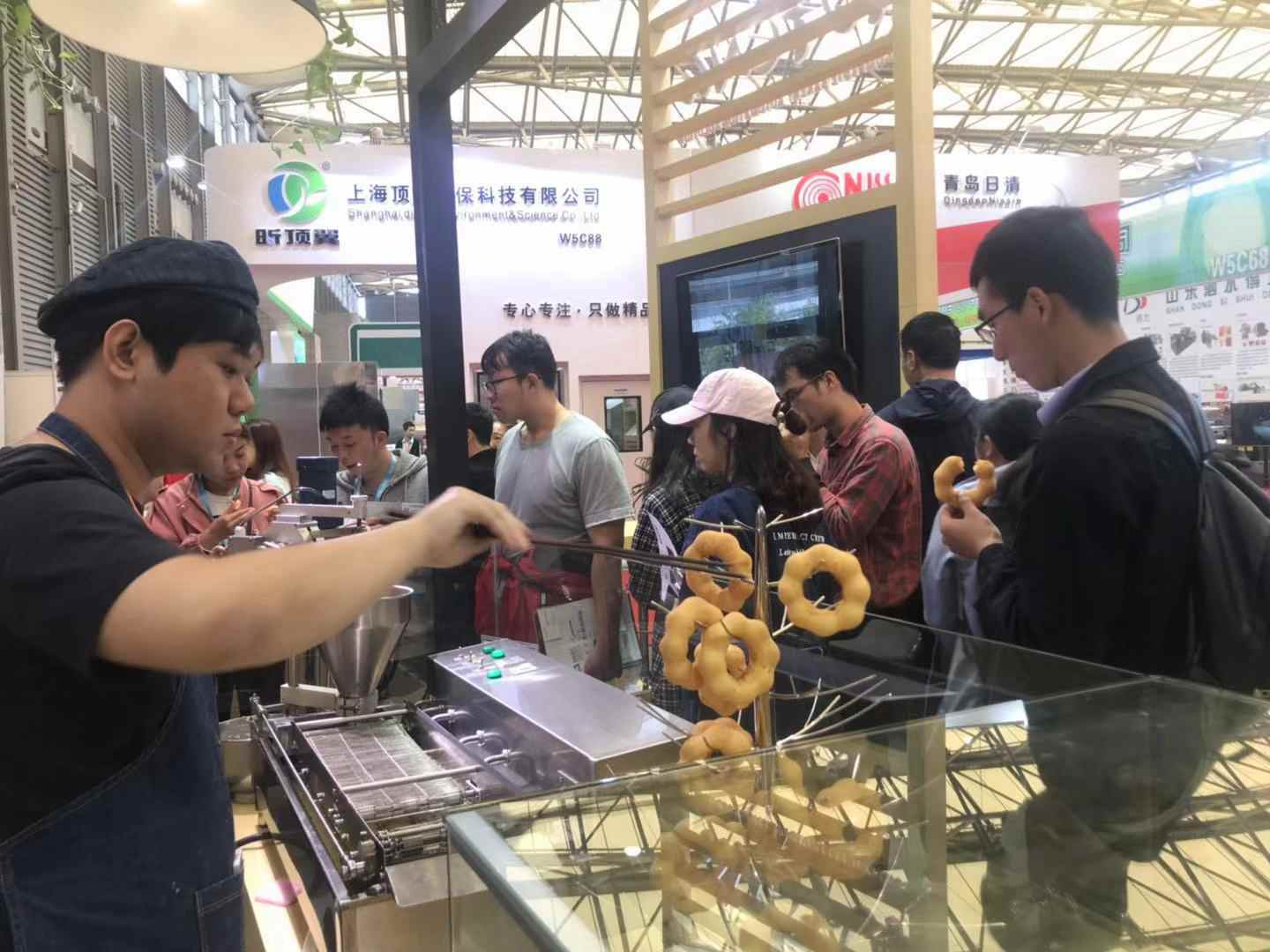

We were amazed by his skills when we saw him at work in his store last year, and now he’s returned as the star of a brand new video that gives us an insight into the man himself and the amazing technique and passion behind his craft. Located in Nara, the master mochi maker attracts huge crowds whenever he and his colleagues make a new batch of green-coloured mochi, putting on an incredible display of synchronised hand-and-mallet pounding at such high speeds that the process whirls by the naked eye in a wondrous blur. Mitsuo Nakatani has been pounding mochi sticky rice in his shop, Nakatanidou, for 23 years. “Then, all of a sudden, it turned into this.The man who kneads rice at incredible speeds of three hits per second lets us into his world and tells us why he lives for making mochi. “It just got to be too hard to do when it was just the family,” Okano said.

Before he knew it, the event took on a life of its own. At first it involved his family, then a few other families. Okano’s family started the tradition on the island when Okano was a teen. “It’s as close as we can get,” Okano said.

“It’s too busy,” Nakata said of the holiday season. Usually the tradition takes place between Christmas and New Year’s Day, but the Bainbridge gathering is held the closest Sunday to the new year. Japan adopted the Gregorian calendar in 1873. “It kind of slowed it down a little,” said Mike Okano, of Bainbridge, who also helped with the rice preparation. “He’s the star of the show.”Īlthough the event has been progressively growing in size, Sunday’s rain might have kept some away. Nakata tended the rice steamers, a pair a goggles on his forehead for when he had to open the wooden steamer boxes. “He kind of showed up,” said Rick Nakata, of Bainbridge. He saw a story in a newspaper about the festival and decided to attend. “It’s really important to the culture,” he said.Īlthough he has been wowing crowds for more than a decade, Sugiyama was not recruited. He also said the tradition is not being passed along to young people like it was when he was a child, and those who know and practice it are getting older. Organizers of the festival have said it is the largest in the nation, and Sugiyama praised it. It can be dangerous, he said, and rhythm is important, whether it is one person chopping, or three, but he also is watching closely where his fingers go. “Never, never, never, never,” he said, smiling. By the time he was a senior in high school, he was stretching and splashing water in the mortar, called an usu, as the heavy mallets came pounding, missing his fingers by slivers. His father, a master of the craft, eased him into it, giving him more responsibility as he got older. Sugiyama, 63, a former firefighter in Japan before he emigrated after retirement, said he had been involved in mochi making to some degree for 60 years, if at first just tending the rice steamers. “He’s the life of the party,” said Morin, of North Seattle, who was attending the festival for the sixth time. The event at IslandWood School features the Seattle Kokon Taiko drum performance group and pictorial displays as well as history lessons about the Japanese community on Bainbridge.īut the mochi making and the mochi maker draw a lot of attention. “I wasn’t in shape for this,” Morin said. “Don’t hit my hand,” he warned Morin, who was out of breathe after chopping at the mound of sweet rice paste countless times. “One! One! One!” Sugiyama, of Bellevue, said to the laughter of the gathered crowd as his quick hands dodged the mallet.

BAINBRIDGE ISLAND - Each time before the mallet hit, Shoichi Sugiyama’s fingers darted in and out of the big stone, turning and dampening a lump of translucent rice dough.Īnd each time Nic Morin brought down the big wooden mallet - called a kine - he hit the dough and not the master.Īlthough Sugiyama, 63, wasn’t at the Bainbridge Island Japanese-American Community’s first Mochi Tsuki festival 26 years ago, he has become an institution, cajoling the hammerers, counting and miscounting how many more strikes they have left before the mochi has had enough.


 0 kommentar(er)
0 kommentar(er)
